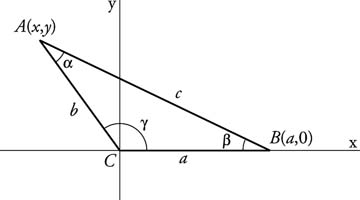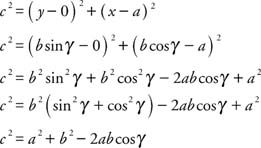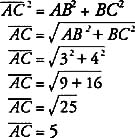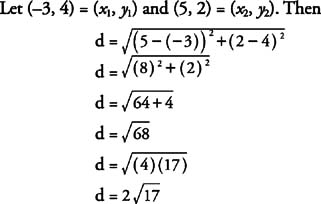 Let us study about Statistical Probability,
Let us study about Statistical Probability,One of the most familiar uses of statistics is to determine the chance of some occurrence. For instance, what are the chances that it will rain tomorrow or that the Boston Red Sox will win a World Series? These kinds of probabilities, although interesting, are not the variety under discussion here. Rather, we are examining the probability in statistics that deals with classic theory and frequency theory—events that can be repeated over and over again, independently, and under the same conditions.
Coin tossing and card drawing are two such examples. A fair coin (one that is not weighted or fixed) has an equal chance of landing heads as landing tails. A typical deck of cards has 52 different cards—13 of each suit (hearts, clubs, diamonds, and spades)—and each card or suit has an equal chance of being drawn. This kind of event forms the basis of your understanding of probability and enables you to find solutions to everyday problems that seem far removed from coin tossing or card drawing.
Hope the above explanation was useful.





 25) is 5.
25) is 5.






